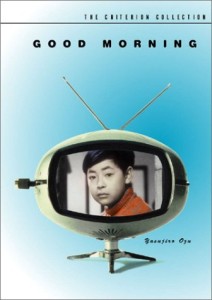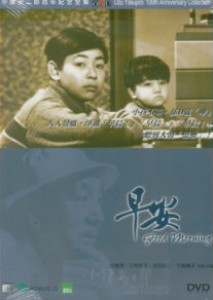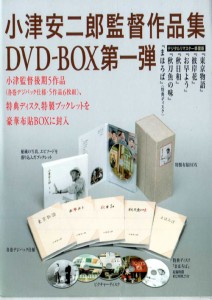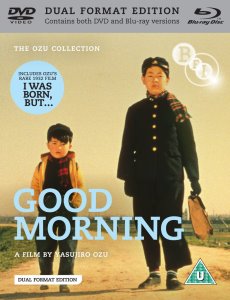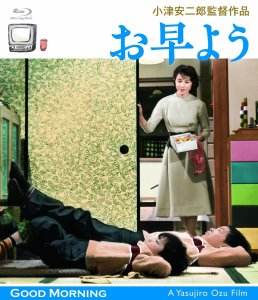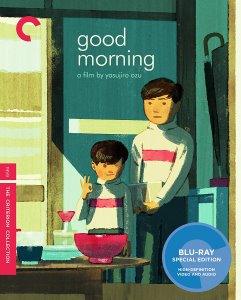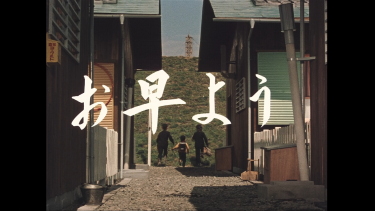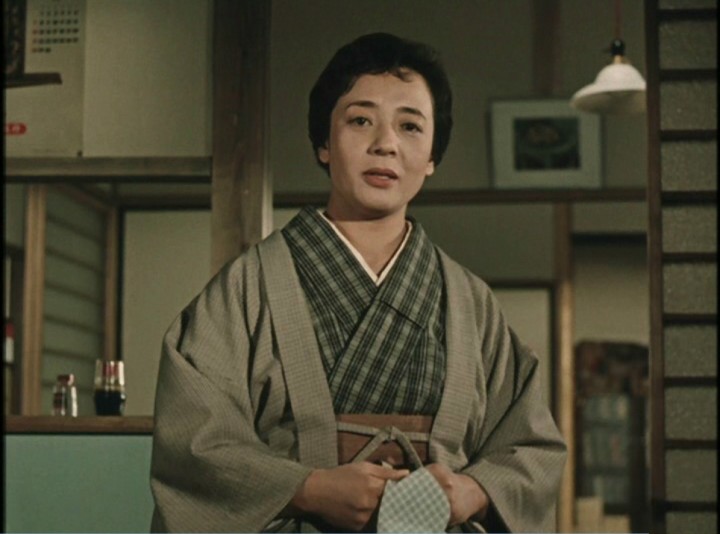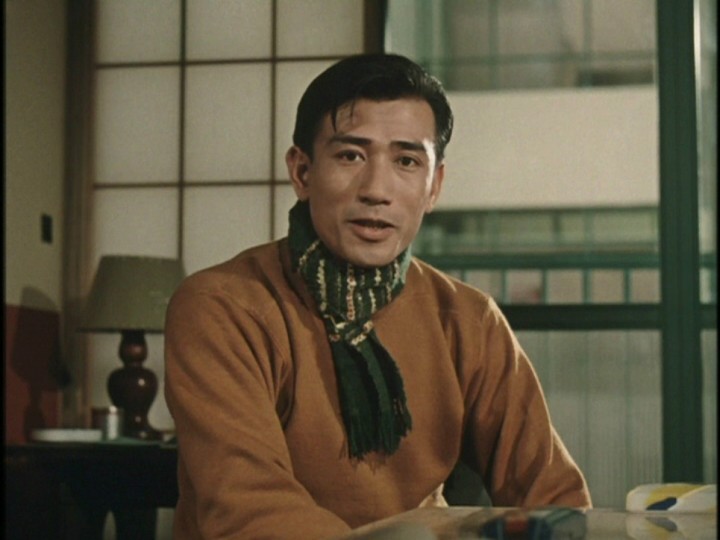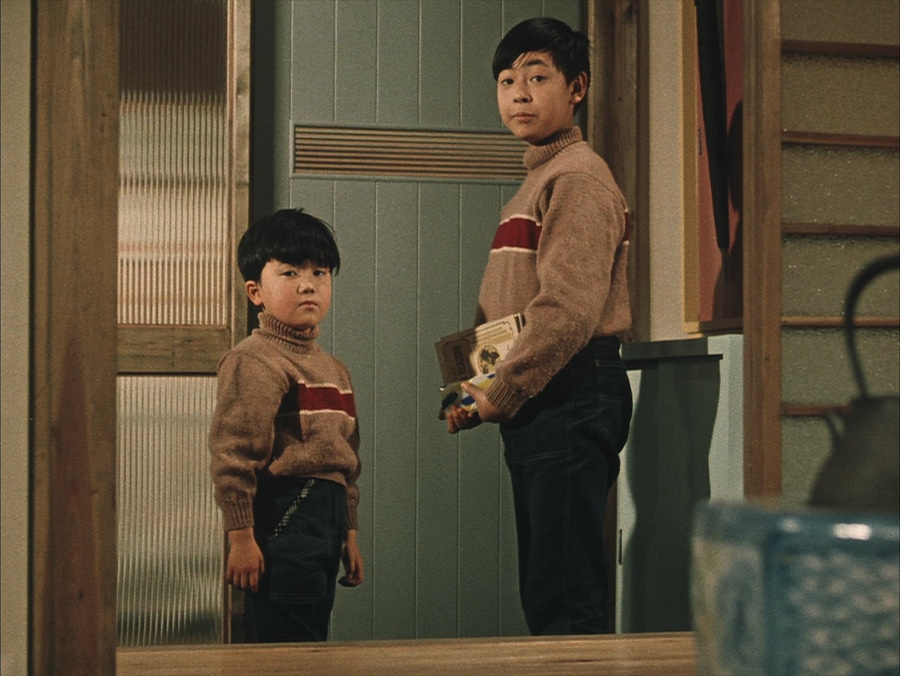|
We have started a Patreon page with the hopes that
some of our followers would be
willing to donate a small amount to keep DVDBeaver
alive. We are a tiny niche, so your
generosity is vital to our
existence.
We are talking about a minimum of
$0.10 - $0.15 a day, perhaps a
quarter (or more) to those who won't
miss it from their budget. It
equates to buying DVDBeaver a coffee
once, twice or a few times a month.
You can then participate in our
monthly
Silent
auctions,
and have exclusive access to many 'bonus' High Resolution screen captures - both
4K UHD
and
Blu-ray
(see
HERE). |
![]()
![]()

![]()
![]()
|
Search DVDBeaver |
S E A R C H D V D B e a v e r |
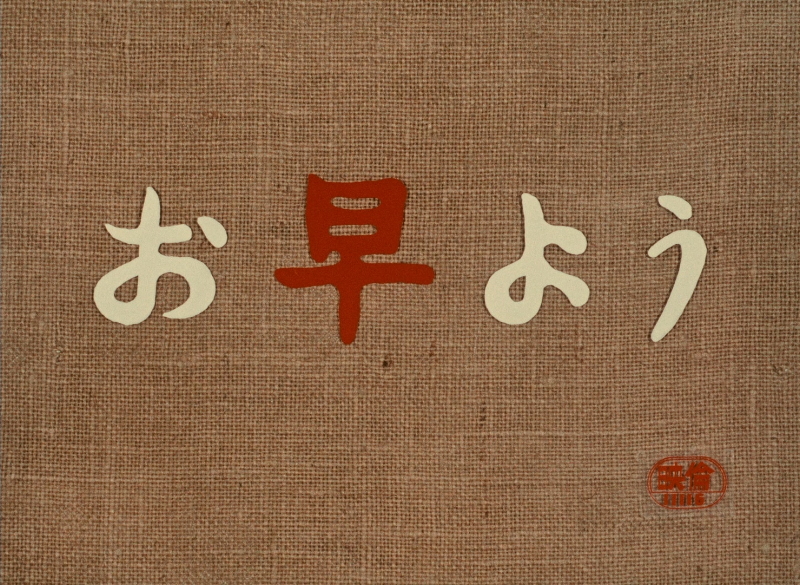
(aka 'Ohayô' or 'Good Morning')
|
A bright Tokyo suburb buzzing with
gossip is the backdrop to
Ozu's cheerful comedy, Good Morning.
Disillusioned with the seemingly meaningless talk of the adults
around them, two brothers take a vow of silence when their parents
refuse to buy them a television. With a dexterously woven plot,
built on mishaps and misunderstandings, Good Morning pokes fun at
the silliness of everyday chatter whilst gently acknowledging its
fundamental necessity. Also included in the BFI Blu-ray package is Ozu's superb early comedy I Was Born, But... The forerunner of Good Morning, this silent masterpiece contains many similar themes but a darker edge. As brothers Ryoichi and Keiji struggle to outwit the local bully and scale the pecking order in their new neighbourhood they find out that injustice does not end with school. *** Ozu’s hilarious Technicolor re-working of his silent I Was Born, But. . ., Good Morning (Ohayo) is the story of two young boys in suburban Tokyo who take a vow of silence after their parents refuse to buy them a television set. Shot from the perspective of the petulant brothers, Good Morning is an enchantingly satirical portrait of family life that gives rise to gags about romance, gossip, and the consumerism of modern Japan. |
Theatrical Release: February - 1959
Reviews More Reviews DVD Reviews
Comparison:
|
Criterion - Region 0 - NTSC vs. Panorama (HK) - Region 3 - NTSC vs. Shochiku (Japan) Region 2 - NTSC vs. BFI - Region 'B' - Blu-ray vs. Shochiku - Region FREE - Blu-ray vs. Criterion - Region 'A' - Blu-ray |
Big thanks to Kimitoshi Sato for the Panorama and Shochiku DVD Screen Caps! and to Nick Wrigley of Masters of Cinema
|
1) Criterion - Region 0 - NTSC - TOP LEFT 2) Panorama - Region 3 - NTSC TOP MIDDLE3) Shochiku - Region 2 - NTSC - TOP RIGHT4) BFI - Region 'B' - Blu-ray - BOTTOM LEFT 5) Shochiku - Region FREE - Blu-ray - BOTTOM MIDDLE6) Criterion - Region 'A' - Blu-ray - BOTTOM RIGHT
|
| Box Covers |
|
Thinking of buying from YesAsia? CLICK HERE and use THIS UPDATED BEAVER PAGE to source their very best... |
|
| Distribution |
Criterion Collection Spine #84 Region 0 - NTSC |
Panorama Region 3 - NTSC |
Shochiku Region 2 - PAL |
|
|
|
|
|
BFI Region 'B' - Blu-ray |
Shochiku Region FREE - Blu-ray |
Criterion Region 'A' - Blu-ray |
| Distribution |
Criterion Collection Spine #84 Region 0 - NTSC |
Panorama Region 3 - NTSC |
Shochiku Region 2 - PAL |
BFI Region 'B' - Blu-ray |
Shochiku Region FREE - Blu-ray |
Criterion Region 'A' - Blu-ray |
| Runtime | 1:34:00 | 1:33:41 | 1:33:32 | 1:33:50.333 | 1:34:20.655 | 1:34:24.659 |
| Video |
1.33:1
Original Aspect Ratio |
1.33:1
Original Aspect Ratio |
1.33:1
Original Aspect Ratio |
1080P Single-layered Blu-ray Disc Size: 23,183,586,062 bytesFeature: 23,078,707,200 bytesVideo Bitrate: 28.97 Mbps Codec: MPEG-4 AVC Video |
1080P Single-layered Blu-ray Disc Size: 23,638,774,919 bytes Feature: 22,686,640,128 bytesVideo Bitrate: 27.99 Mbps Codec: MPEG-4 AVC Video |
1080P Dual-layered Blu-ray Disc Size: 46,126,006,267 bytesFeature: 25,618,053,120 bytesVideo Bitrate: 32.13 Mbps Codec: MPEG-4 AVC Video |
| Audio | Japanese (Dolby Digital 1.0 Mono) | Japanese (Dolby Digital 1.0 Mono) |
Japanese (Dolby Digital 1.0 Mono) |
LPCM Audio Japanese 2304 kbps 2.0 / 48 kHz / 2304 kbps / 24-bit | LPCM Audio Japanese 2304 kbps 2.0 / 48 kHz / 2304 kbps / 24-bit | LPCM Audio Japanese 1152 kbps 1.0 / 48 kHz / 1152 kbps / 24-bit |
| Subtitles | English and none | Chinese, English, None | Japanese, none | English, None | English, Japanese, None | English, None |
| Features |
Release Information: Studio: Home Vision / Criterion Aspect Ratio: DVD5 - Single Layered Edition Details: • 2 page liner notes. DVD
Release Date: Aug 22nd, 2000 Chapters 24 |
Release Information: Studio: Panorama (Hong Kong) Aspect Ratio: DVD5 - Single Layered
Edition Details: • None
DVD Release Date: October, 2003 Keep Case Chapters 6 |
Release Information: Studio: Shochiku Co Ltd. Aspect Ratio: DVD9 - Dual Layered Edition Details: • None
DVD Release Date: September, 2003 Boxset (6 discs) Chapters 11
This is available only in the Ozu Boxset. On the DVD cover is printed an apology- "due to the original negative film condition, you may find some passages uncomfortable, we are sorry." |
Release Information: Studio: BFI.
1080P Single-layered Blu-ray Disc Size: 23,183,586,062 bytesFeature: 23,078,707,200 bytesVideo Bitrate: 28.97 Mbps Codec: MPEG-4 AVC Video Edition Details: • Standard
Definition and High Definition presentations of Good Morning (DVD &
Blu-ray)
Blu-ray Release Date: January 17th, 2011 Standard Blu-ray case Chapters 12 |
Release Information:
1.33:1 - 1080P Single-layered Blu-ray Disc Size: 23,638,774,919 bytes Feature: 22,686,640,128 bytesVideo Bitrate: 27.99 Mbps Codec: MPEG-4 AVC Video
Edition Details: • Postcard
Blu-ray Release Date: March 8th, 201 4Transparent Blu-ray Case inside thick slipcase with book Chapters 12
|
Release Information:
1080P Dual-layered Blu-ray Disc Size: 46,126,006,267 bytesFeature: 25,618,053,120 bytesVideo Bitrate: 32.13 Mbps Codec: MPEG-4 AVC Video
Edition Details: • New interview with film scholar David Bordwell (18:40) • New video essay on Ozu’s use of humor by critic David Cairns (17:32) • Fragment of A Straightforward Boy, a 1929 silent film by Ozu (13:54) • PLUS: An essay by critic Jonathan Rosenbaum
Blu-ray Release Date: May 16th, 2017 Transparent Blu-ray Case Chapters 22 |
| Comments: |
NOTE: The below Blu-ray captures were taken directly from the Blu-ray disc. ADDITION: Criterion - Region 'A' Blu-ray - April 2017: This Criterion transfer is cited as being from a "New 4K digital restoration" . I can find almost no difference at all between it and the Shochiku. The colors, and flesh tones, of Criterion new 1080P are supported by the Japanese release with no shifting on the frame whatsoever. The Criterion may be marginally superior in-motion showing a shade thicker grain when expanded. Really though, no visible differences.Criterion also go liner PCM with the original Japanese audio - in 24-bit. The Criterion is less robust and flatter with authentic mono. Criterion's subtitle translation seems more fleshed-out and detailed than the other releases. The Criterion is region 'A'-locked. As expected, Criterion handily advance in the supplements including a 1080P version of Yasujiro Ozu’s 1932 silent comedy I Was Born, But . . . with a 2008 composed score by Donald Sosin but it only has lossy audio. In it Ozu examines Japanese society through the yes of two rebellious young boys, a narrative device he would return to 27-years later. There is a new 9-minute interview with film scholar David Bordwell who analyzes the evolution of director Yasujiro Ozu's style by comparing the 1932 silent film I Was Born, But . . . with the filmmaker's own 1959 reworking of the story, Good Morning. We get a humorous new, 17-minute, video essay on Ozu’s use of humor by critic David Cairns entitled 'Transcendental Style and Flatulence' and a fragment of A Straightforward Boy, a 1929 silent film by Ozu running just under 14-minutes. The package has an essay by critic Jonathan Rosenbaum.
With the extras the Criterion mark their
edition as the definitive for Ozu's film. I loved the
analysis and give it our highest recommendation. It's a
beautiful Blu-ray
package.
*
ADDITION:
Shochiku - Region FREE
Blu-ray
- September 2016: This Shochiku
Blu-ray
uses a domestic print and it's an upgrade in terms of richer colors in
comparison to the BFI 1080P. Both have the same technical transfer
(single-layered , similar bitrate) but the Japanese visuals look heavier
and the colors more dynamic. The BFI detail may be minutely higher.
There is either some vertical stretching on the BFI or horizontal
stretching on the Shochiku - but it may be a little of both . Looking at
the Hula-hoop on the wall it appears as though the Shochiku is more
accurate to the proper ratio. There is a small amount of less/more
information in the frame - but it seems negligible. Despite it may be a
shade thicker and softer - I lean to the Shochiku - as it seems, in my
mind, to more accurately represent the original appearance - but both Blu-rays
give a strong presentation.
A
Not much in the way of extras on the
Shochiku
Blu-ray
- two trailers and the package includes a postcard.
This is a nice option for serious Ozu fans - the video
presentation does effect the film's viewing experience. Good to have the
choice of picking up this visually richer Blu-ray.
*
ADDITION: BFI Region 'B' Blu-ray
December 10': The BFI Blu-ray
transfer really brings out the beauty of the film appearance. Detail
rises dramatically from the SD-DVD transfers and it supports the
greenish tinged color scheme of the Asian discs. There is a beautiful
consistent sheen of grain present on the BFI and will produce the best
presentation of Good Morning for your home theater. There are no
digital extras on this disc and it is single-layered with a healthy
bitrate. Audio is lossless in a linear PCM track and sounds as perfect
as the source allows. Extras consist of an included DVD with both
Good Morning and I Was Born, But... (
I'm incredibly grateful to
NOTE: From email from a reliable source states: "I can
absolutely assure you that the original theatrical prints of OHAYO (GOOD
MORNING) were not green tinged. They looked like any other color film of
quality that you have seen. (I saw the film screened at least 10 times
over the life of the print that Janus (?) had circulating in the US. I
saw it go from pretty pristine to battered and faded.)
Michael Brooke says: "First of all, the booklet is
indeed incorrect, so apologies for that: the film was definitely shot in
Afgacolor. The three-strip Technicolor process had been phased out by
the mid-1950s (along with cellulose nitrate stock), due to the high cost
of production and processing - so by the time Ozu belatedly started
shooting in colour, he was faced with a choice between single-strip
systems, and he favoured Agfacolor over Eastmancolor. The fact that Good
Morning was shot on Agfacolor negative stock was definitively verified
by David Bordwell in his book Ozu and the Poetics of Cinema - though
it's highly possible that prints in Europe may have been produced in
Technicolor's labs, which may be where the misapprehension arose. ***
ON THE DVDs: This is
quite unfortunate. With three different version of the same film, I
wouldn't recommend any of these DVDs. The Criterion has some
vivid, if inaccurate, colors and this is one of their few tape-sourced
transfers. Aside from 2 pages of liner notes the Criterion has no
Extras. The Criterion appears to be the worst in terms of clarity and
sharpness. The Panorama transfer was taken from the same film elements
as the Shochiku, this is why both look similar. The Shochiku is on a dual layered
disc, where as the other two are on single layers. The Shochiku has no
English subtitles. As the Panorama image quality appears as clear as the
Shochiku AND it has English subs. I have been told that the Panorama has a
number of little image
problems that aren't discernible from the stills. They're the sort of
problem that Criterion just wouldn't allow - digital errors, static
areas of the screen due to over-compression.
Its very unfortunate that there doesn't seem to be a release of this
film on DVD that is worthy of its stature... or of director Ozu.
Criterion, being the
premiere DVD production company in the world should re-issue this title
(perhaps in a Boxset with "I Was Born... But").
|
DVD Menus
(Criterion - Region 0 - NTSC - LEFT -.
Panorama - Region 3 - NTSC MIDDLE -. Shochiku - Region 2 - NTSC - RIGHT)
|
|
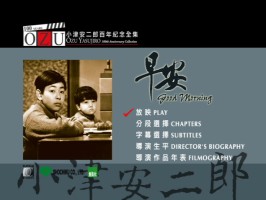 |
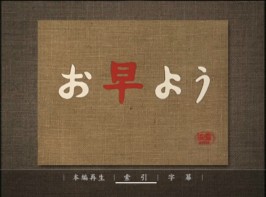 |
|
|
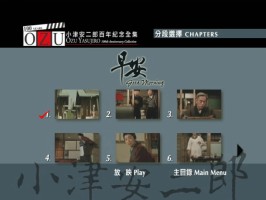 |
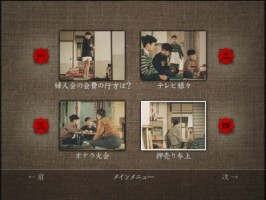 |
|
|
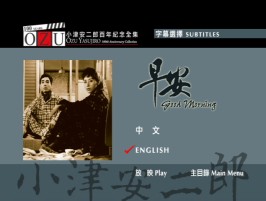 |
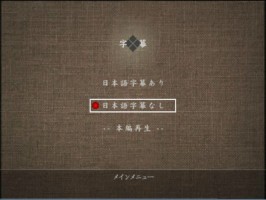 |
BFI - Region 'B' - Blu-ray
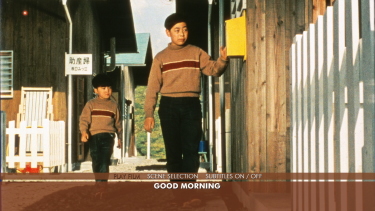 |
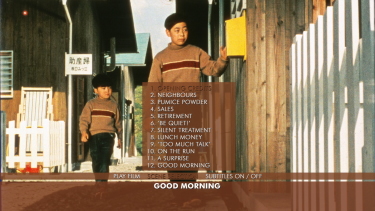 |
Shochiku - Region FREE - Blu-ray
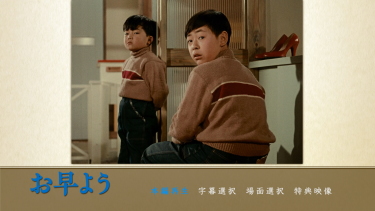 |
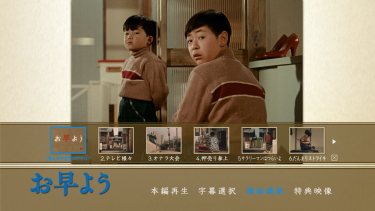 |
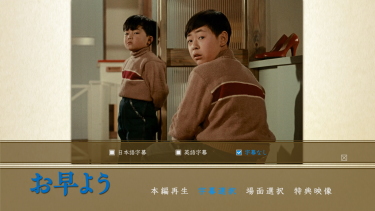 |
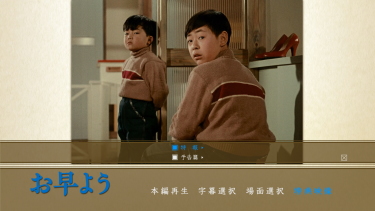 |
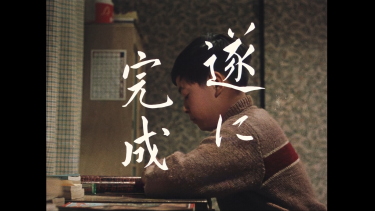 |
|
Criterion - Region 'A' - Blu-ray
 |
 |
 |
 |
 |
 |
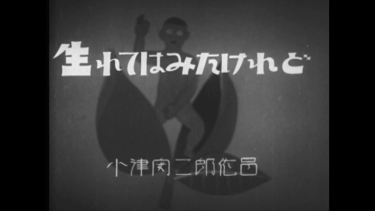 |
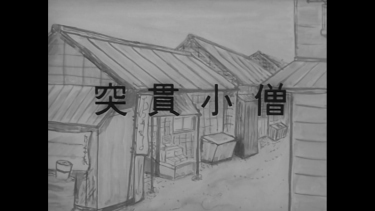 |
CLICK EACH BLU-RAY CAPTURE TO SEE ALL IMAGES IN FULL 1920X1080 RESOLUTION
Screen Captures
|
1) Criterion - Region 0 - NTSC - TOP 2) Panorama - Region 3 - NTSC SECOND3) Shochiku - Region 2 - NTSC - THIRD4) BFI - Region 'B' - Blu-ray - FOURTH 5) Shochiku - Region FREE - Blu-ray - FIFTH6) Criterion - Region 'A' - Blu-ray - BOTTOM
|
|
|
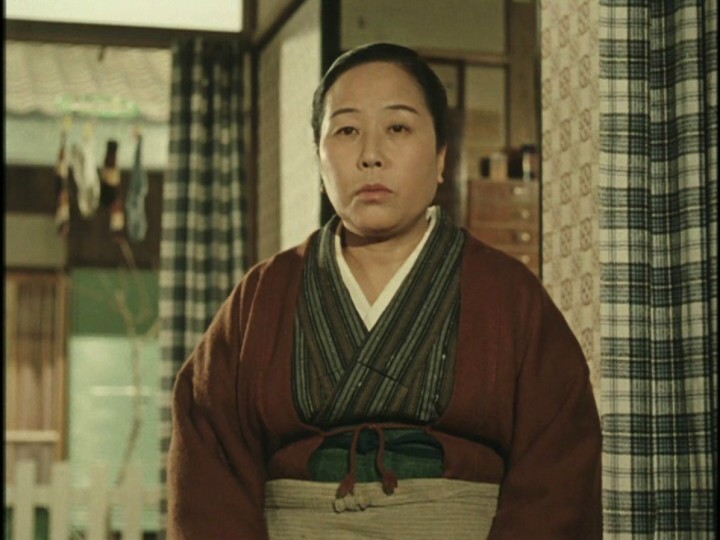 |
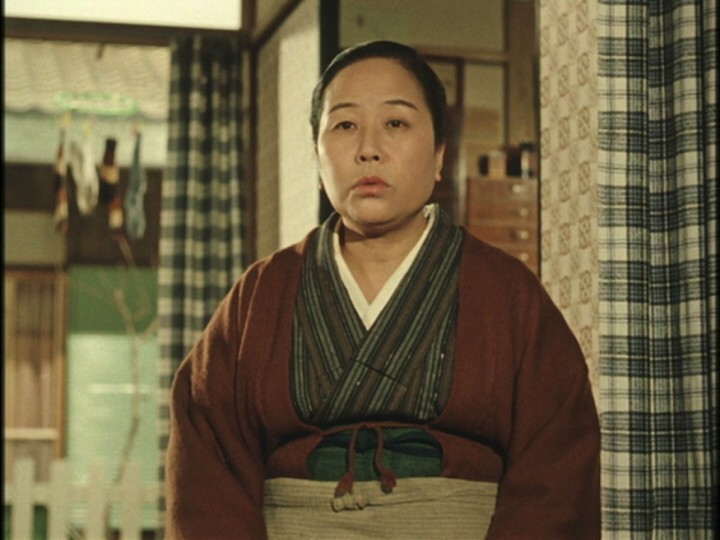 |
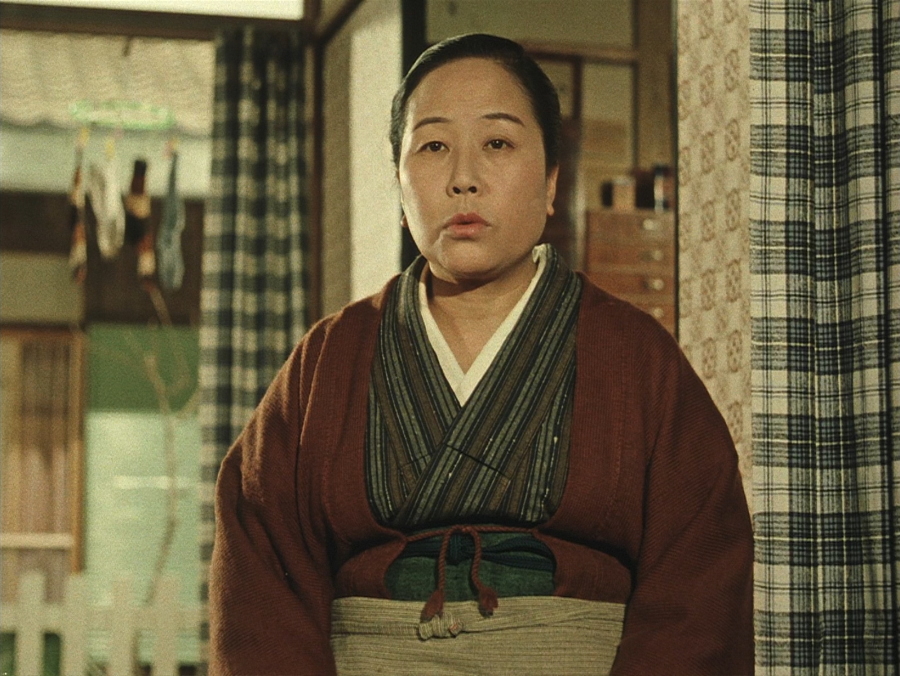 |
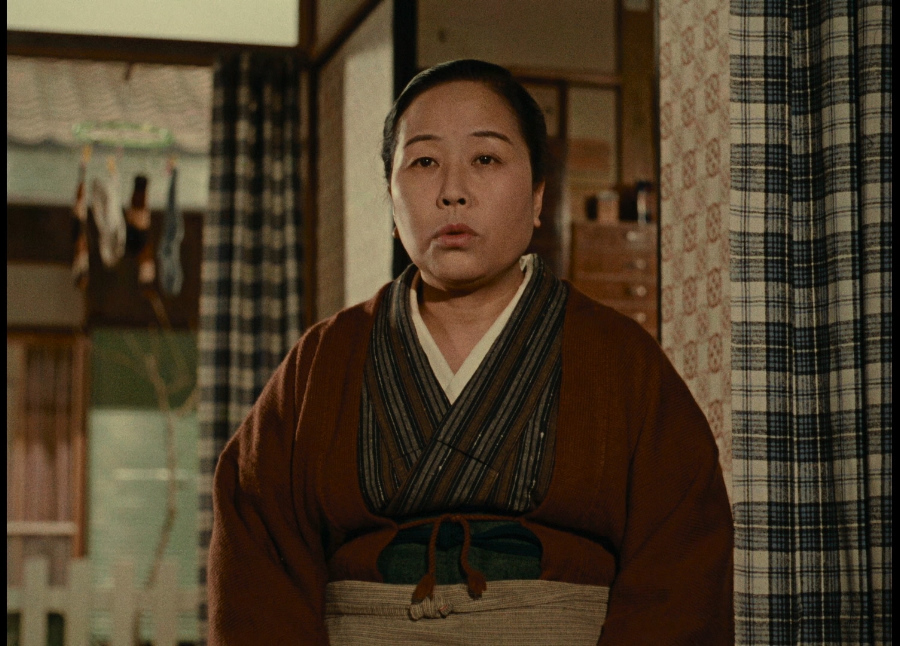 |
 |
|
1) Criterion - Region 0 - NTSC - TOP 2) Panorama - Region 3 - NTSC SECOND3) Shochiku - Region 2 - NTSC - THIRD4) BFI - Region 'B' - Blu-ray - FOURTH 5) Shochiku - Region FREE - Blu-ray - FIFTH6) Criterion - Region 'A' - Blu-ray - BOTTOM
|
|
|
|
|
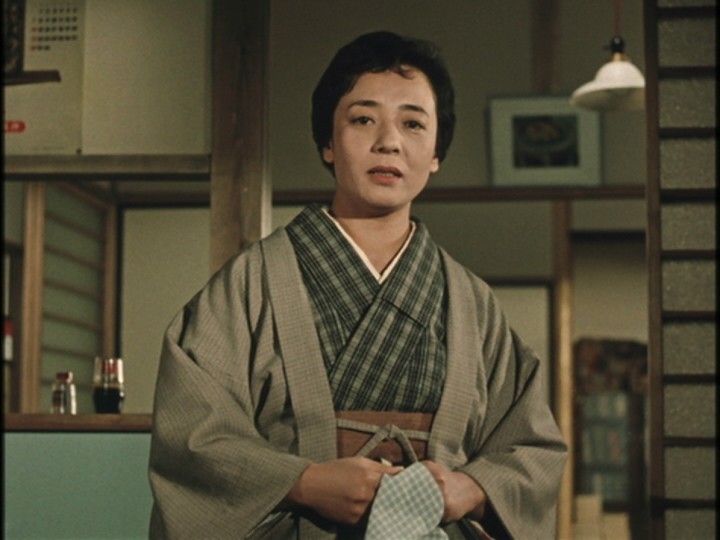 |
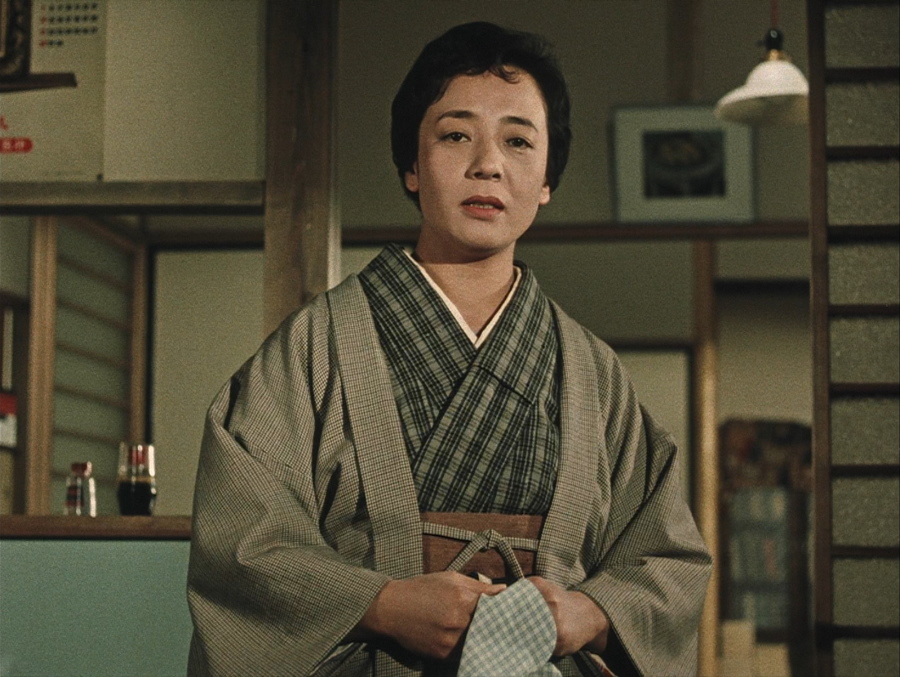 |
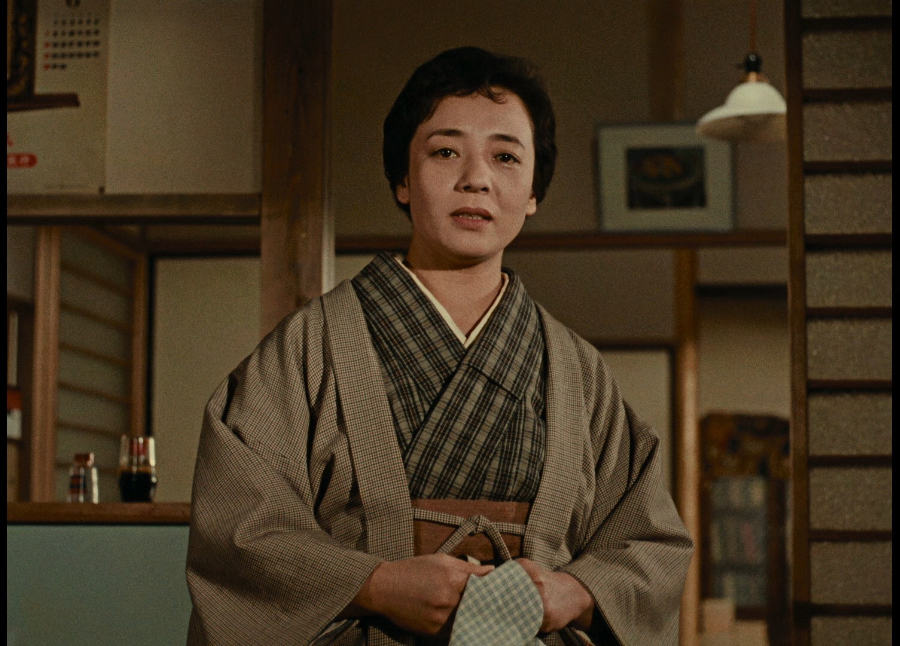 |
 |
|
1) Criterion - Region 0 - NTSC - TOP 2) Panorama - Region 3 - NTSC SECOND3) Shochiku - Region 2 - NTSC - THIRD4) BFI - Region 'B' - Blu-ray - FOURTH 5) Shochiku - Region FREE - Blu-ray - FIFTH6) Criterion - Region 'A' - Blu-ray - BOTTOM
|
|
|
|
|
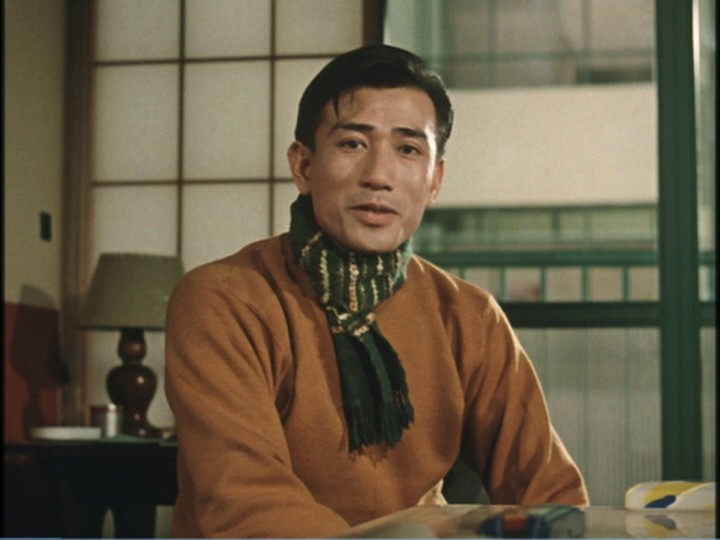 |
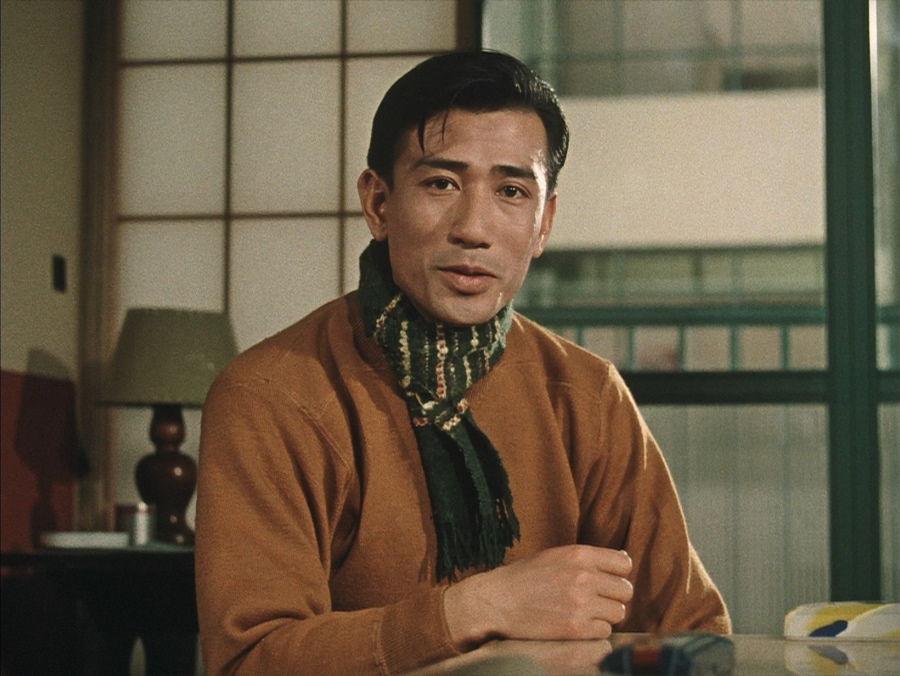 |
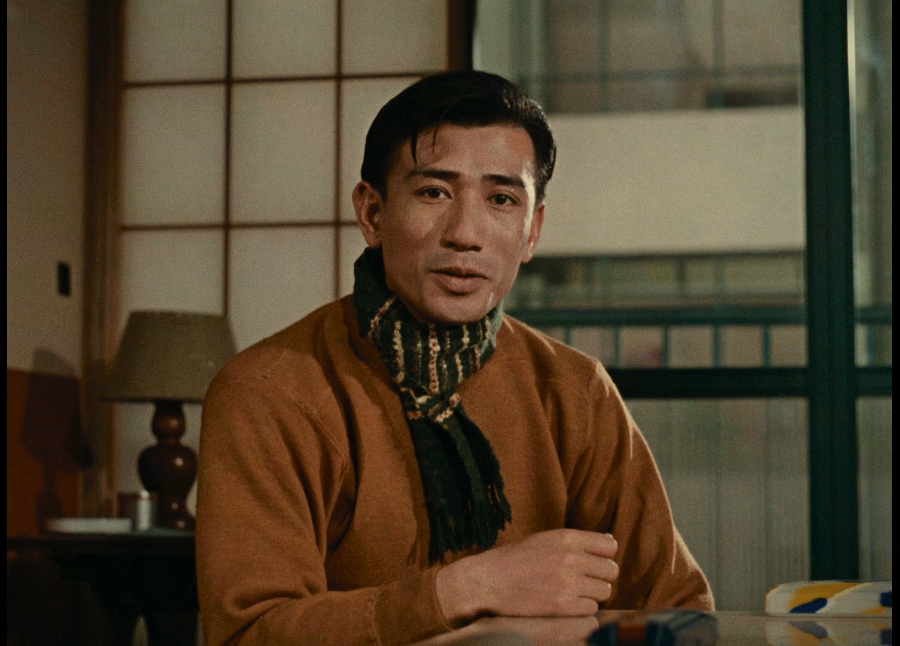 |
 |
More Blu-ray Captures
|
1) BFI - Region 'B' - Blu-ray - TOP2) Shochiku - Region FREE - Blu-ray - MIDDLE3) Criterion - Region 'A' - Blu-ray - BOTTOM
|
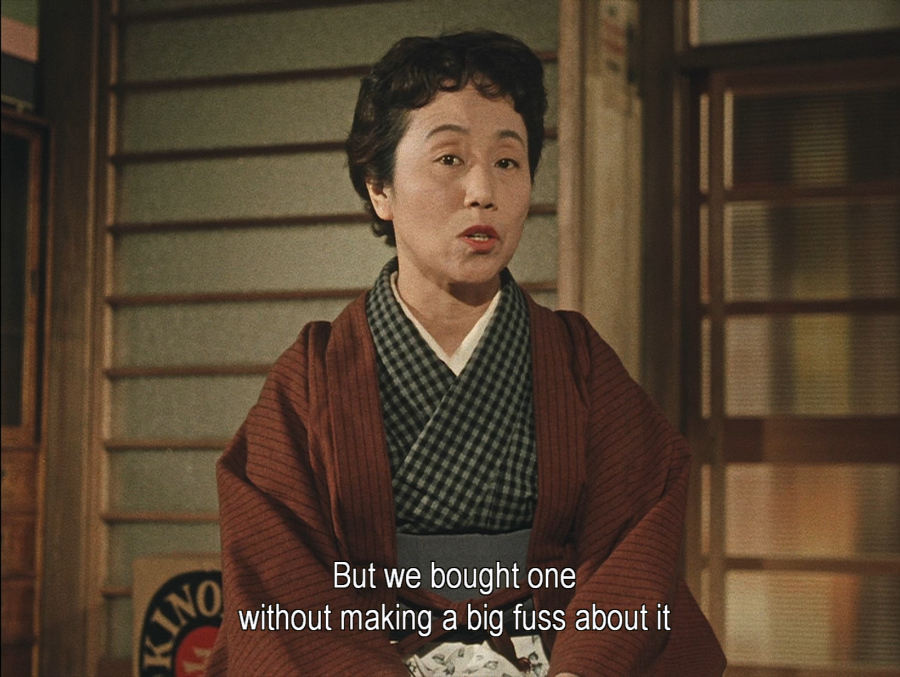 |
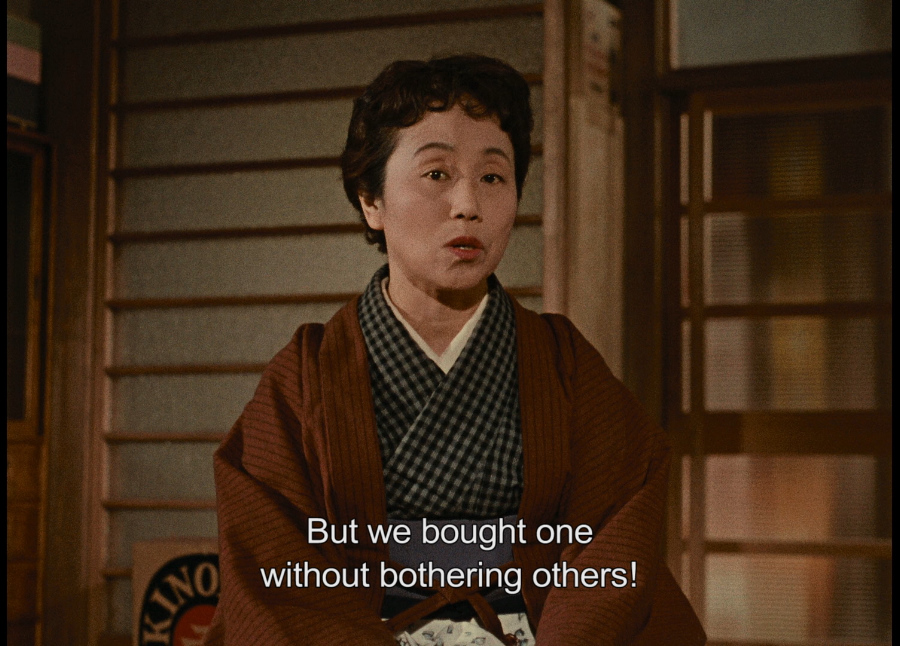 |
 |
|
1) BFI - Region 'B' - Blu-ray - TOP2) Shochiku - Region FREE - Blu-ray - MIDDLE3) Criterion - Region 'A' - Blu-ray - BOTTOM
|
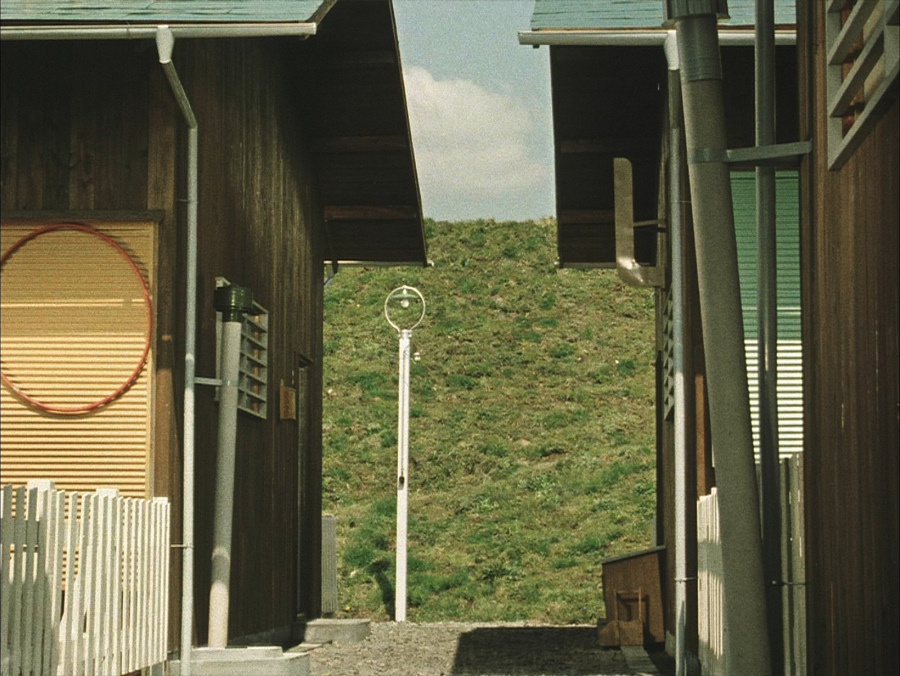 |
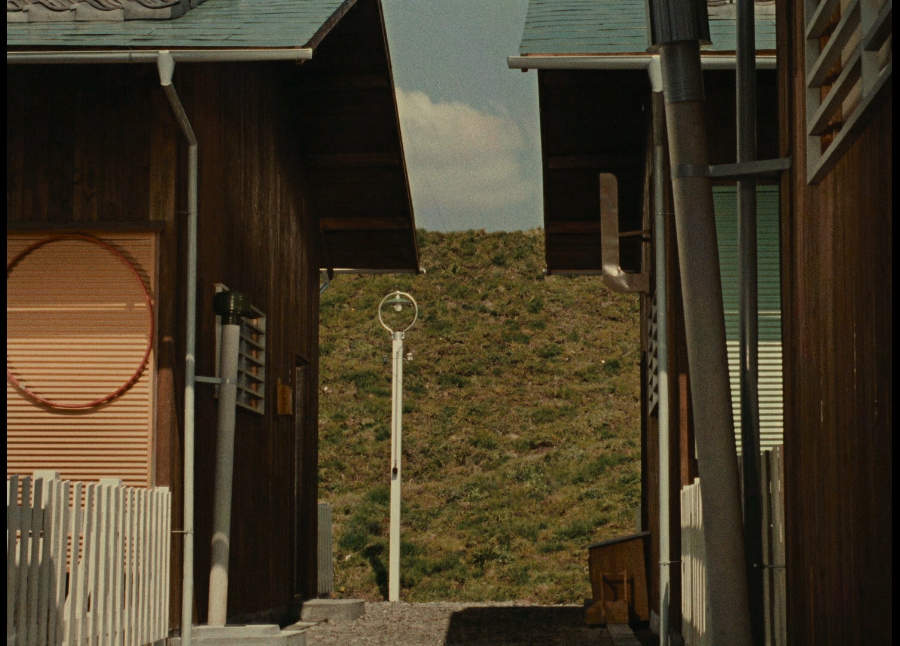 |
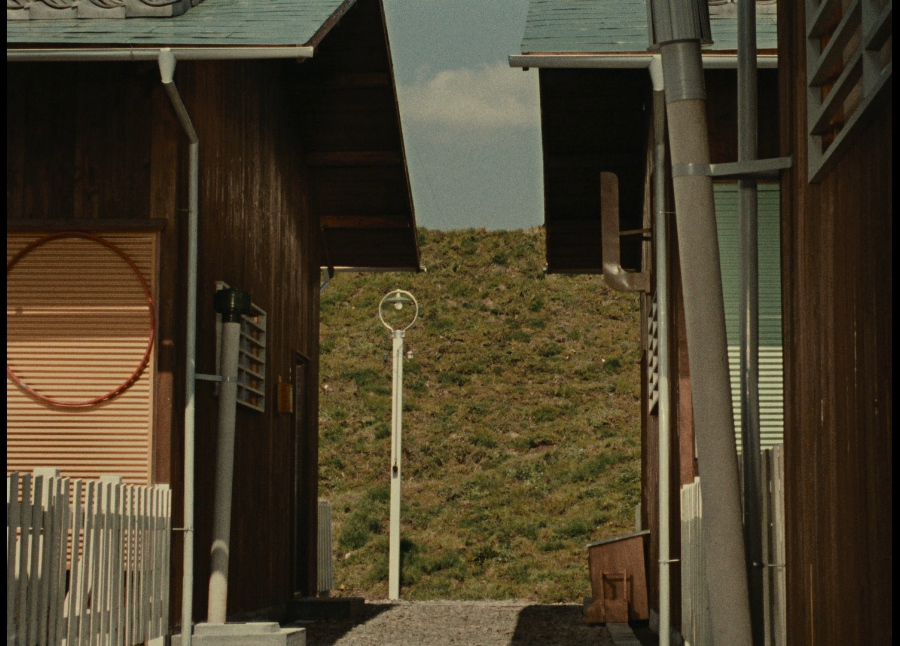 |
|
1) BFI - Region 'B' - Blu-ray - TOP2) Shochiku - Region FREE - Blu-ray - BOTTOM
|
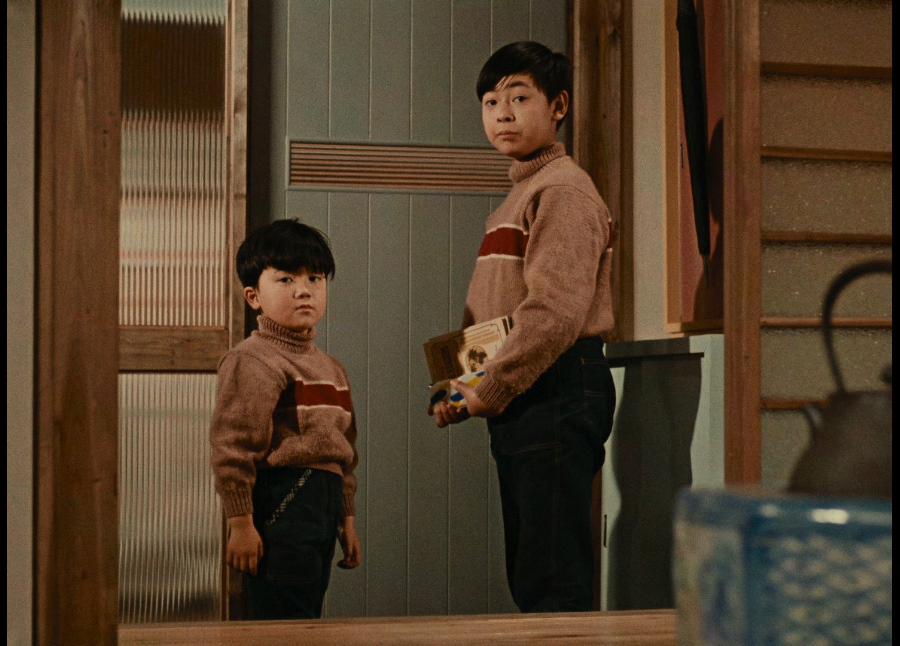 |
|
1) BFI - Region 'B' - Blu-ray - TOP2) Shochiku - Region FREE - Blu-ray - BOTTOM
|
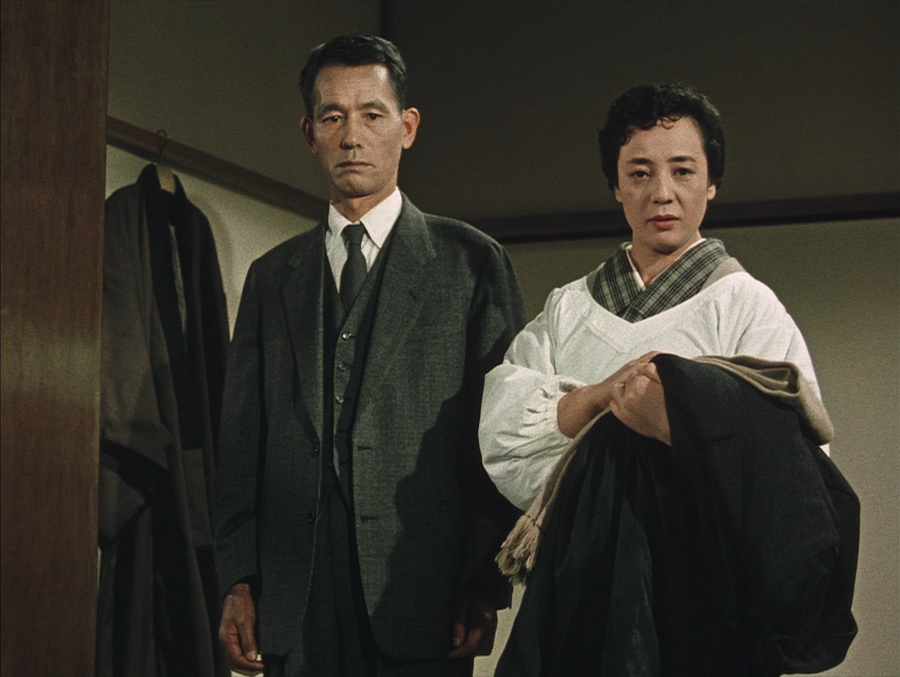 |
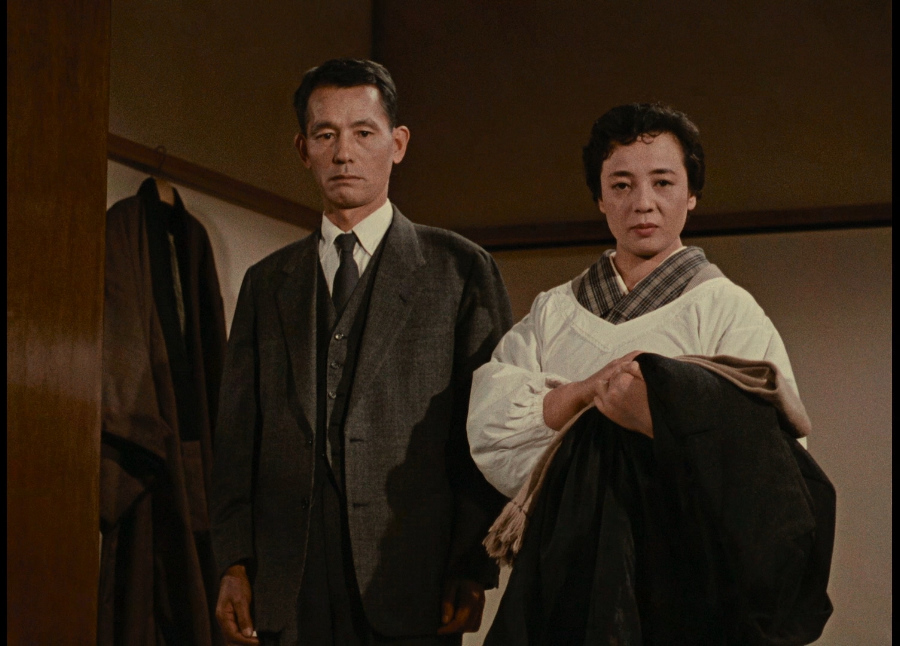 |
|
1) BFI - Region 'B' - Blu-ray - TOP2) Shochiku - Region FREE - Blu-ray - BOTTOM
|
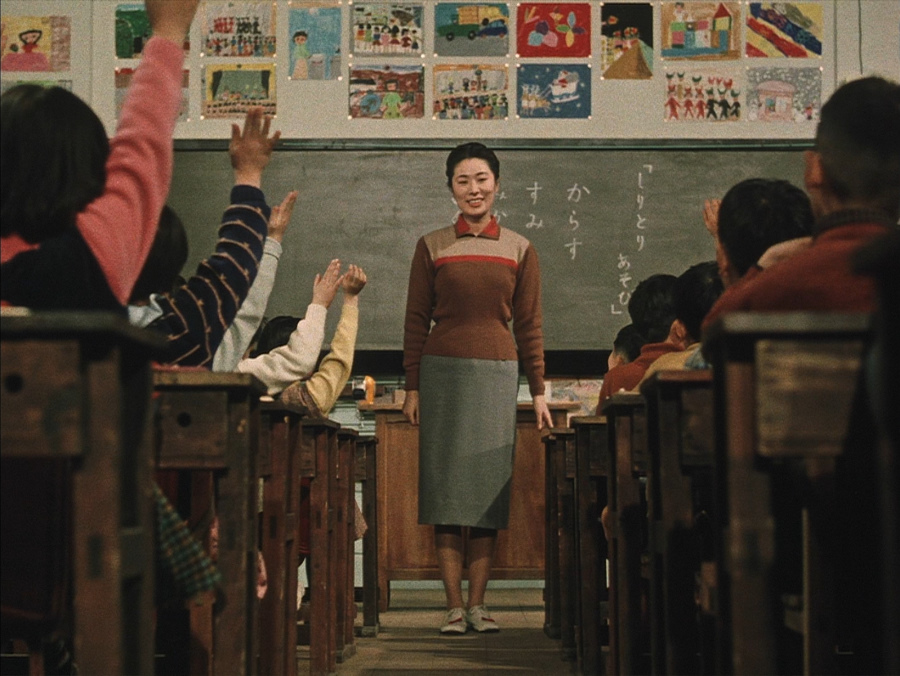 |
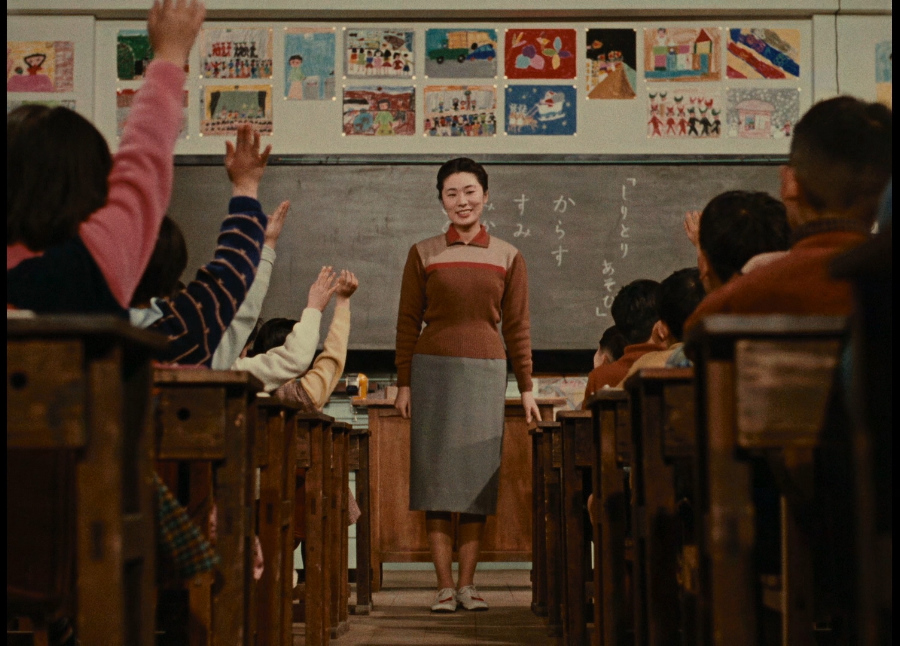 |
|
1) BFI - Region 'B' - Blu-ray - TOP2) Shochiku - Region FREE - Blu-ray - BOTTOM
|
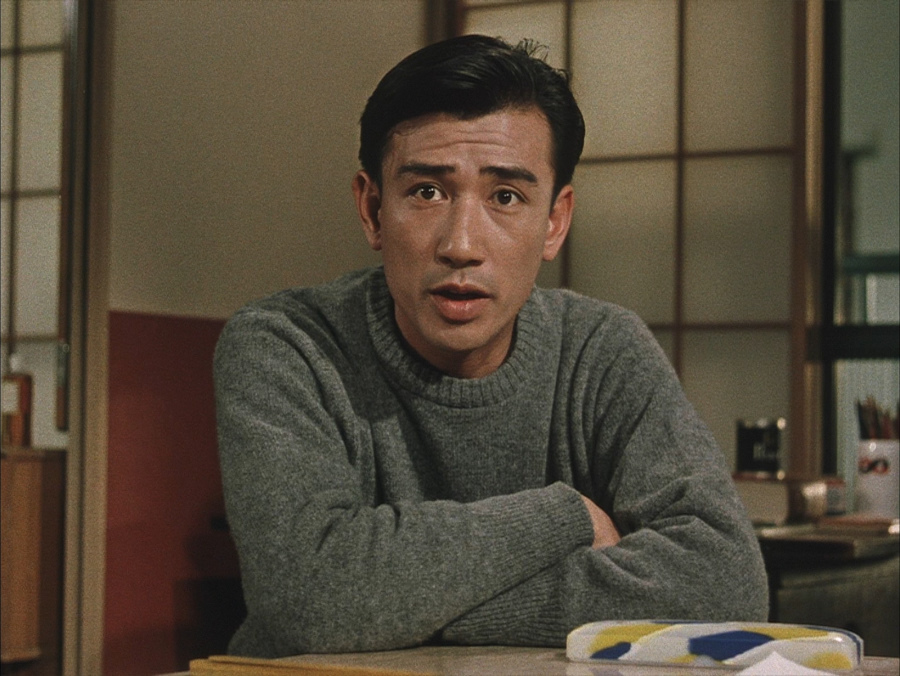 |
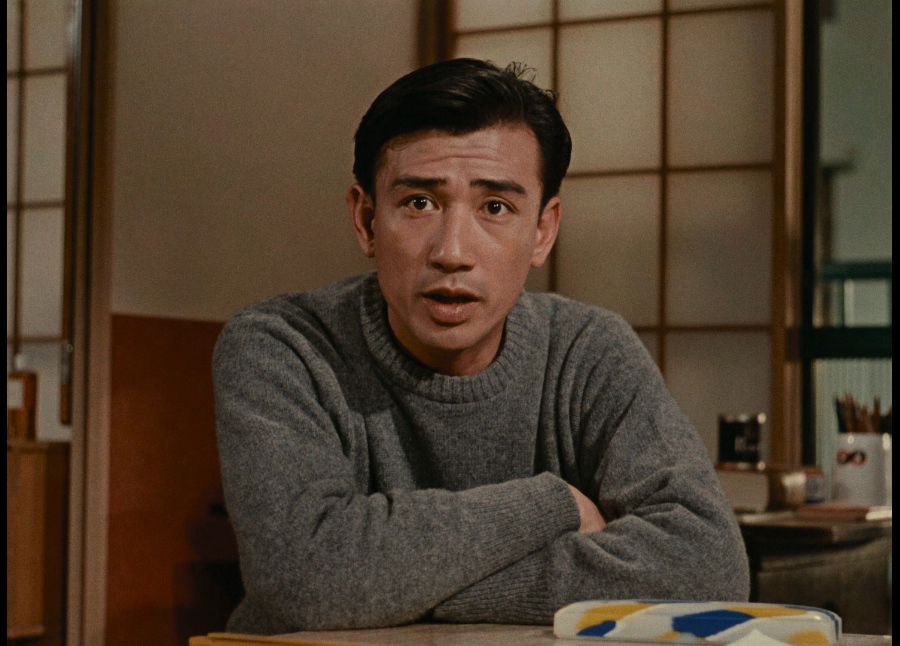 |
Report Card:
|
Image: |
Shochiku + Criterion Blu-ray |
|
Sound: |
Blu-rays |
| Extras: | Criterion Blu-ray |
| Box Covers |
|
Thinking of buying from YesAsia? CLICK HERE and use THIS UPDATED BEAVER PAGE to source their very best... |
|
| Distribution |
Criterion Collection Spine #84 Region 0 - NTSC |
Panorama Region 3 - NTSC |
Shochiku Region 2 - PAL |
|
|
|
|
|
BFI Region 'B' - Blu-ray |
Shochiku Region FREE - Blu-ray |
Criterion Region 'A' - Blu-ray |
![]()
![]()

![]()
![]()
DONATIONS Keep DVDBeaver alive:
CLICK PayPal logo to donate!
|
Gary Tooze
|
|
Many Thanks...



